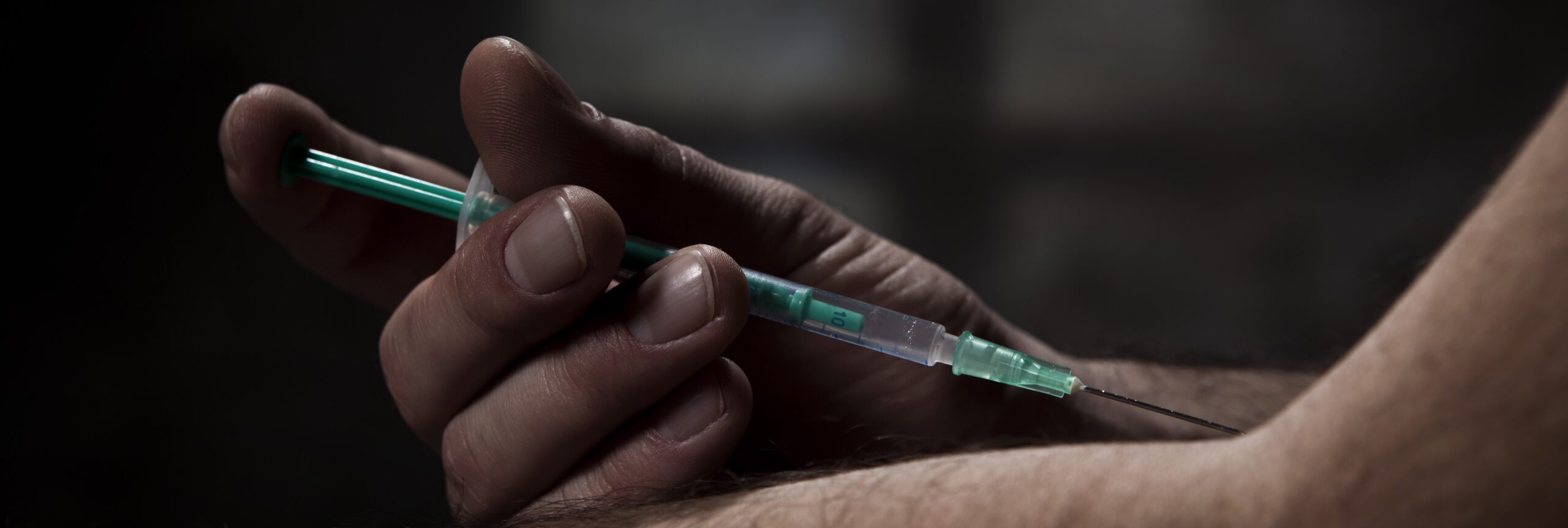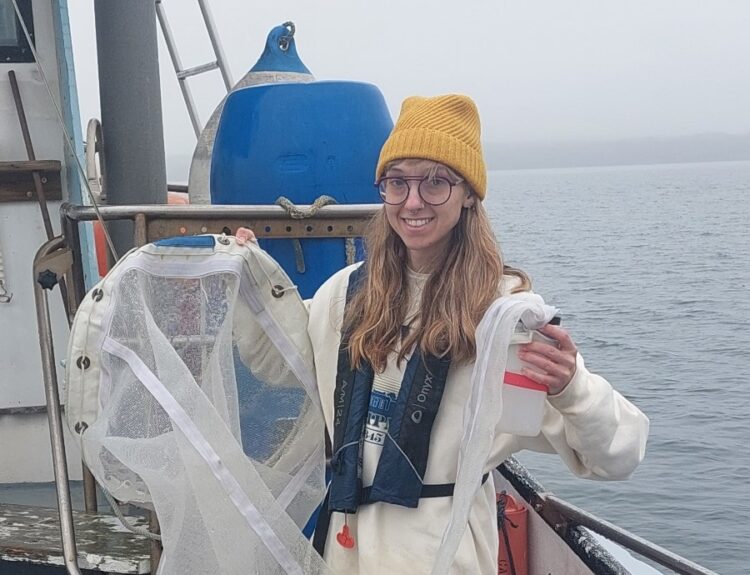‘It’s not like an either-or type thing because people are ready for recovery. They’re ready at certain points and at others, they may not be ready… But you can’t be ready for treatment and recovery if you’re dead.’
There were a total of 434 opioid overdose deaths in Rhode Island in the year 2022, according to the Rhode Island Department of Health.
The state has seen an increase in fatal overdose deaths since 2019, the department reported in June in its latest update. According to Cathy Shultz, the director of the Rhode Island Governor’s Overdose Task Force, this is due to a variety of reasons, including a more lethal national drug supply, isolation during the COVID-19 pandemic and the rising popularity of fentanyl, a highly potent synthetic opioid that has taken thousands of lives across the country.
In 2022, however, Rhode Island saw a plateau in overdose data. In 2021, the state had 435 overdose deaths, followed by 434 the year after. According to Shultz, the plateau is due in part to increased “harm reduction” efforts.
What is “harm reduction?”
According to Dr. Francesca L. Beaudoin, a professor of epidemiology at Brown University in Providence and a coordinator of Rhode Island’s mobile health unit, harm reduction is “putting safeguards into place” to protect people from the negative health impacts of drug usage.
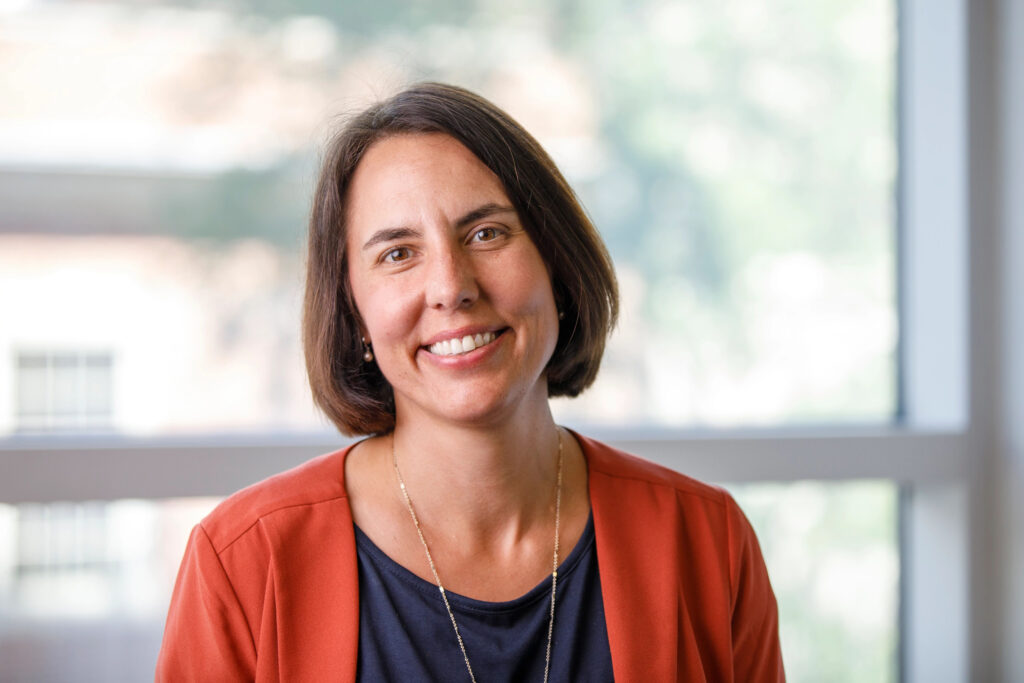
“Harm reduction is assuming that somebody’s drug use is gonna happen. It’s inevitable. It’s sort of like, if you know that it’s going to rain, and you have to go outside, you can either bring an umbrella and just get a little wet, or not bring one and get soaked,” Beaudoin told Ocean State Stories. “Harm reduction is kind of like the umbrella.”
Beaudoin said that some examples of harm reduction efforts include encouraging safe use practices, never using drugs alone, providing clean syringes and needles to prevent the spread of disease from shared needles, providing fentanyl test strips to drug users and distributing Naloxone, an opioid overdose reversal drug, to the general public.
However, Beaudoin called it “essential” that harm reduction be coupled alongside any efforts for treatment and recovery.
“It’s not like an either-or type thing because people are ready for recovery. They’re ready at certain points and at others, they may not be ready,” Beaudoin said. “But you can’t be ready for treatment and recovery if you’re dead.”
Harm reduction is not something that is generally well-received by society and the public, Beaudoin said, because of the bias that people have against people with substance use disorders. She said that people view it as an “endorsement” of drug usage.
Beaudoin is one of the coordinators of Rhode Island’s “Mobile Health Units,” an opioid treatment program that is exactly as it is named – an opioid treatment program on wheels.
“This is a clinic that’s geared towards specialty care for addiction, and the unit itself can actually dispense methadone, along with buprenorphine, which are both medications for opioid use disorder,” Beaudoin said.
This, she said, is what makes Rhode Island’s mobile health unit so unique. Mobile health units, which are old recreational vehicles, RVs, transformed into clinics, exist across the country. But not all of them dispense methadone in the way that Rhode Island’s unit does.
“There’s a lot of traditional challenges to ‘methadone clinics’ or ‘opioid treatment programs’ in large part to do with just the physical aspects, like finding a building, finding a location, getting community buy-in, like the business that goes along with it,” Beaudoin said.
This allows the doctors who are running these units to easily relocate to the communities that need it the most, Beaudoin said. In Rhode Island, the municipality that’s hit the hardest by the opioid epidemic in terms of people affected per capita, she said.
Dr. Jeffrey Bratberg, a professor of pharmacy at the University of Rhode Island and a member of the Governor’s Overdose Prevention and Intervention Task Force, alongside a team of medical professionals, have been fighting to open harm reduction centers, which are essentially centers run by medical professionals where people can go to use drugs in a safe, supervised way.
While Rhode Island passed a law legalizing these centers, a federal law, which was passed only a few weeks ago, cracked down on them, stating that you can’t knowingly open a place to consume drugs, according to Bratberg in what he called a “crack house statute.”
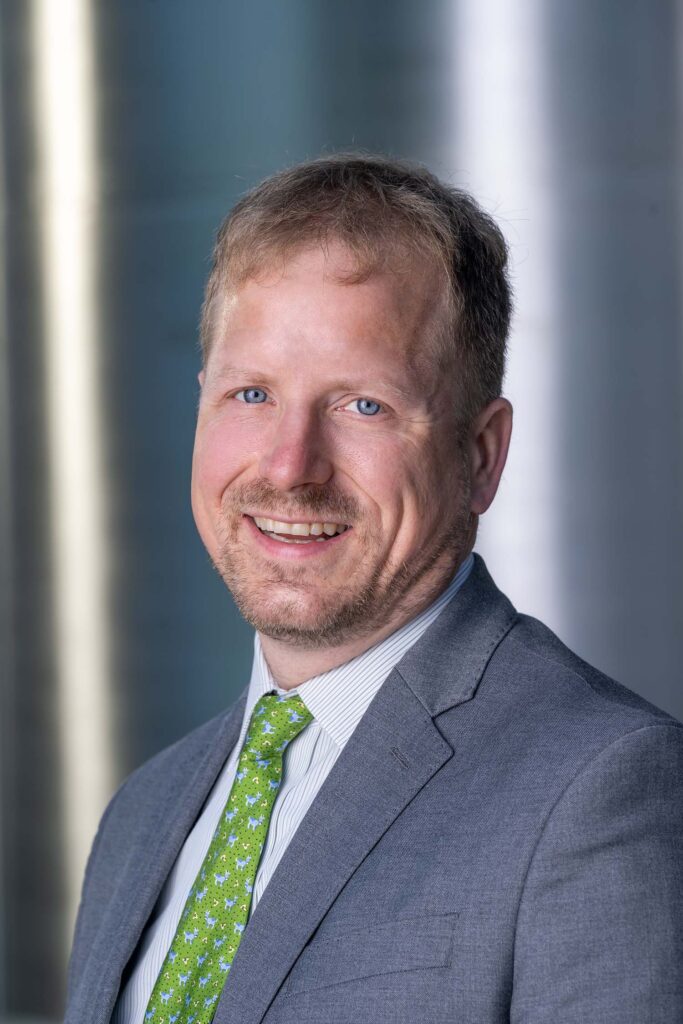
However, research shows that these kinds of centers do save lives, as they can help prevent overdoses. Bratberg said that there are some privately owned harm reduction centers in New York City, as well as ones in Canada that have been open for 20 years.
Some people have pushed back on the opening of these centers because they see it as a place that enables substance use disorders, rather than trying to help people get treatment, Bratberg said.
However, these centers are beneficial because they can help prevent the amount of fatal overdoses, he said.
Despite some setbacks with the law, Rhode Island is set to have its own harm reduction center opening in 2024, Bratberg said.
Something that has been a major topic of conversation both nationally and internationally is fentanyl, which, according to the Drug Enforcement Administration (DEA) website, is a “potent synthetic opioid drug approved by the Food and Drug Administration for use as an analgesic (pain relief) and anesthetic.” The drug, according to the DEA, is 100 times more potent than morphine and 50 times more potent than heroin as an analgesic.
In 2021, there were more than 106,000 overdose deaths reported nationally, according to the National Institute on Drug Abuse website, which stated: “Deaths involving synthetic opioids other than methadone (primarily fentanyl) continued to rise with 70,601 overdose deaths reported in 2021.”
Bratberg explained that fentanyl is a pain medication that is regulated for use in hospitals, but that is not the kind of fentanyl that is causing widespread overdoses in the United States. Illegally manufactured fentanyl comes predominantly from Mexico via mail or physically crossing over the border, he said.
How do we solve the issue of widespread fentanyl use in the U.S? Bratberg said it goes beyond just “closing down” the U.S.-Mexico border. He said that if we were to do that, it wouldn’t solve much, because people will still be able to mail it into the country. Continuing to open treatment centers and other forms of harm reduction, such as distributing Narcan and fentanyl test strips will help to prevent the amount of fentanyl-related deaths, according to Bratberg.
One of the biggest reasons that it’s so difficult for those with substance use disorders to stop using drugs is withdrawal, Beaudoin said, which she described as “having a terrible flu and a violent stomach bug layered over with horrible anxiety, all at once.”
She then used an analogy to describe the feeling of going through withdrawal as someone with a substance use disorder, which is one that one of her patients told her in the past.
“Imagine the feeling of going underwater and holding your breath to the point where you feel like you can’t hold your breath any longer. You feel the urge to go up and breathe and have air,” Beaudoin said. “That’s what this person described to me is like feeling the urge to use drugs. You would do anything to rip to the surface and take a breath.”
The three main medications used for opioid use disorder are methadone, naltrexone and buprenorphine, Beaudoin said.
Methadone and buprenorphine are the most commonly used “opioid replacement” drugs. The key distinction between the two is the way that they are prescribed. Buprenorphine can be prescribed by any doctor with a DEA (Drug Enforcement Agency) license, which is the license to prescribe controlled substances, such as pain medications like Percocet, but methadone can only be dispensed by licensed facilities, Beaudoin said.
“Your primary doctor can prescribe you buprenorphine and you can go pick it up at your pharmacy,” Beaudoin said. “Most people have to actually go to the clinic every day to get methadone.”
The drugs – which are opioids themselves – work by binding to the opioid receptors in the brain and body, which decreases the effects of cravings and other withdrawal symptoms.
“They basically allow that person to be functional without having severe withdrawal symptoms,” Beaudoin said. “These drugs have been shown to reduce overdose risks and promote recovery.”
Using another analogy, she compared opioid addiction and diabetes.
“Diabetes should be thought of as a lifelong condition. It can get worse, it can get better, but it needs to be addressed by both kinds of behavioral interventions like diet [and] exercise but also medications. And those medications are viewed as lifelong medications,” Beaudoin said. “The more that we think about addiction as a chronic disease, the more we understand and break some of the stigma surrounding it.”
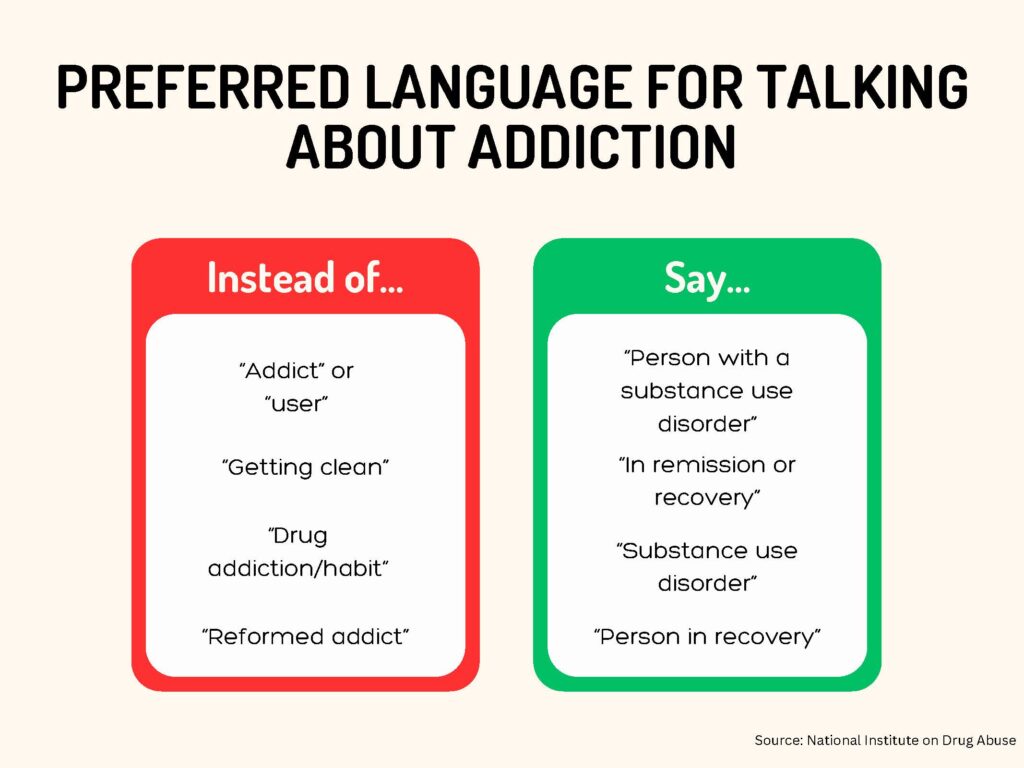
Bratberg said that there is a stigma surrounding drug usage due in part to the way that people view opioid usage versus other drug usage.
He went on to use the comparison of opioid usage to taking medication for Attention-deficit/hyperactivity disorder, or ADHD.
“People who take drugs for ADHD know that when they don’t have access, they go through withdrawal,” Bratberg said. “So if they look at it they can kind of go ‘Wow, people really feel anxious and have mental health problems and family problems and their whole lives are disrupted, just in the fear of or the experience of withdrawal, no wonder why they keep taking it.’ ”
Bratberg asserted that looking at people with substance use disorders as “criminals” only contributes to these negative narratives and stereotypes surrounding drug usage. “We can’t look down on people because withdrawal is such a severe effect that you will do anything, even illegal horrible things, to get those drugs in your body,” Bratberg said.
He continued by addressing the common stereotype that “all homeless people are drug addicts,” pointing to societal issues that lead to drug usage and substance use disorders.
“Society has not said that everyone deserves housing. Society doesn’t pay people enough to have housing. So we have all of these societal problems that cause people to be underemployed, they can’t take care of their families and all these other things,” Bratberg said. “Imagine the stress of that. So then what do we do to relieve that stress? Some people exercise, some people use drugs.”
He explained by saying that everyone uses something to cope with the stressors of life, some in healthier ways than others. He also said that some people who have substance use disorders are just people who are looking for an experience to just heighten where they’re at, living stable lives.
Essentially, empathizing with those with substance use disorders rather than tearing them down is one of the keys to reducing the stigma surrounding addiction in our society, according to Bratberg.
Beaudoin echoed Bratberg’s remarks, saying that some of the language commonly used in our society creates a stigma. She said that using phrases like “get clean” implies that those with substance use disorders are dirty. Using the word “addict” rather than “a person with substance use disorder” implies that the person is nothing more than their addiction.
Overall, harm reduction efforts and a decreased amount of stigma surrounding substance use disorders is key to preventing overdoses in Rhode Island, according to both Bratberg and Beaudoin.
Anyone in immediate danger should call 911.
Call 988 if you are having thoughts of suicide or in crisis. 988 is free, available 24/7, and confidential.
Other resources:
● BHLink: For confidential support and to get connected to care, call (401) 414-LINK (5465) or visit the BHLink 24-hour/7-day triage center at 975 Waterman Ave., East Providence. Website: bhlink.org
● United Way of Rhode Island offers free and confidential assistance for a variety of needs. Call 211.

